Sikdang Jin (식당진)
12.7Km 2021-03-29
5, Toegye-ro 22-gil, Jung-gu, Seoul
+82-2-755-7558
This is a Japanese home-style cuisine restaurant. The best menu at this restaurant is katsudon. This Japanese (cuisine) restaurant is located in Jung-gu, Seoul.
Museo de la Vida Cotidiana de Bukchon (북촌생활사박물관)
12.7Km 2022-08-30
Bukchon-ro 5-nagil 90, Jongno-gu, Seúl.
En este museo se exponen aquellos objetos y muebles antiguos recolectados en el área de Bukchon, en Seúl. Fue inaugurado en el año 2003 y tiene en exposición objetos utilizados hace cientos de años y heredados por varias generaciones, pero que han caído en desuso tras la industrialización. Entre ellos se encuentran el maetdol (molino de piedra que se utilizaba para moler granos), el jangdok (tinaja para almacenar conservas como salsa de soja, pasta de pimiento rojo, etc.) y el yogang (urinal coreano), entre ellos.
Desde antaño, la zona de Bukchon, que incluye los barrios de Wonseo-dong y Samcheong-dong, fue un área de concentración y conservación de las casas tradicionales hanok. El secreto por el que dichas casas se mantienen hasta hoy en día se debe a su estilo arquitectónico tradicional, compuesto por un depósito, el suelo de las habitaciones cubierto de madera, la buhardilla, etc. Hasta la fecha, el museo conserva aproximadamente 20,000 piezas de la vida cotidiana, pero en exposición hay entre 300 y 400.
Yetchatjip (old teahouse) (옛찻집)
12.7Km 2019-12-20
33-1, Insadong-gil, Jongno-gu, Seoul
+82-2-722-5332
Yetchatjip is a famous teahouse that has also been used as a movie filming set. It is a great place to stop by for a cup of natural traditional Korean tea, or the traditional summer treat patbingsu, made with the old way with shaved ice and homemade red bean topping.
Insadong Chatjip (인사동찻집)
12.7Km 2025-06-24
33-1, Insadong-gil, Jongno-gu, Seoul
Insadong Chatjip is a hanok teahouse that serves home-made traditional tea. Even the red beans used in the summer delicacy patbingsu
Residencia Baek In-je (백인제가옥)
12.7Km 2025-04-18
Bukchon-ro 7-gil 16, Jongno-gu, Seúl
La Residencia Baek In-je está situada en Gahoe-dong. Este edificio conserva el estilo moderno de hanok diseñado durante la colonización japonesa. En un terreno amplia de 2.460 ㎡, la vivienda cuenta con habitaciones y jardines alrededor del salón principal. También hay un pequeño espacio separado para el descanso. La casa mantiene la belleza tradicional del propio hanok con remodelaciones. Así, es una de las representaciones arquitectónicas más conocidas del barrio de Bukchon, junto con la Residencia Yoon Bo-seon.
Diversas características destacan la casa construida en pino negral, presentado por primera vez en Seúl durante la Exposición de Gyeongseong en 1907. Por ejemplo, la Residencia Baek In-je está compuesta por un pasillo que une el salón y las habitaciones, lo que es peculiar en comparación con el hanok clásico. Por otro lado, el pasillo al estilo japonés, la habitación con esteras, el empleo de ladrillos rojos y ventanas de cristal reflejan el paisaje de la época. Asimismo, el salón suele ser de un piso, pero está dividido en dos plantas en esta construcción. Siendo un patrimonio cultural, este lugar agrupa toda la hermosura de hanok, permitiendo contemplar del jardín al salón, del patio al interior de la casa y del trasero del inmueble separado.
Vegetarian Restaurant Osegyehyang (채식요리전문점 오세계향)
12.7Km 2019-12-23
14-5 Insadong 12-gil, Jongno-gu, Seoul
+82-2-735-7171
Osegyehyang is a vegetarian restaurant location in Insa-dong, a street known for its traditional culture and crafts. It serves various dishes that cater to the needs of vegetarian customers.
Nwijo (뉘조)
12.7Km 2024-11-28
27, Insadong 14-gil, Jongno-gu, Seoul
+82-2-730-9311
Nwijo (뉘조) is a Korean restaurant specializing in wild vegetable cuisine. The name ‘Nwijo’ means ‘the god of the silkworm,’ and likens wild vegetables to silkworms in that both can be eaten in their entirety. The restaurant serves original full-course Korean meals that are prepared using hundreds of kinds of wild vegetables, including special seasonal vegetables.
A typical full-course meal starts with delicious pumpkin porridge, followed by seasoned wild vegetables, root vegetable ssam (condiments wrapped in vegetable leaves), slices of boiled meat, and steamed lotus leaf-wrapped rice served with jjigae (Korean stew) and various side dishes. This kind of traditional feast is pleasing to both the eye and the palate and is topped off with sikhye (traditional sweet rice drink). Lunch specials are also available.
Hamcho Ganjanggejang (함초간장게장)
12.7Km 2021-03-18
27, Myeongdong, 8ga-gil, Jung-gu, Seoul
+82-2-318-1624
This is a Korean cuisine located in Myeong-dong, Seoul. The representative menu is soy sauce marinated abalone. crabs were aged in herbs and soy sauce.
Jidaebang (지대방)
12.7Km 2021-03-29
33, Insadong-gil, Jongno-gu, Seoul
+82-2-738-5379
It is a traditional tea house where you can learn how to drink tea. This cafe is located in Jongno-gu, Seoul. The representative menu is chrysanthemum tea.
Gaeseong Mandu Koong (개성만두 궁)
12.7Km 2021-03-24
11-3, Insadong 10-gil, Jongno-gu, Seoul
+82-2-733-9240
Gaeseong Mandu Koong has served Gaeseong-style mandu (dumplings) for more than 30 years. The elderly proprietor, who fled south during the Korean War runs this restaurant with the help of her granddaughters. Characterized by its delicate taste, Gaeseong mandu stuffing consists of pork and various vegetables such as Chinese cabbage and pumpkin. This restaurant's mandu is so popular that it sometimes gets sold out even before evening. Typical menu includes mandu-jeongol (hot pot) and mandu-guk (soup). The hot pot is made of various ingredients including mandu, rice cakes, mushrooms, and meat, and serves two to three persons. For several persons, it's recommended to eat bossam (boiled meat slices wrapped in lettuce leaves or kimchi) and Korean-style pancakes.
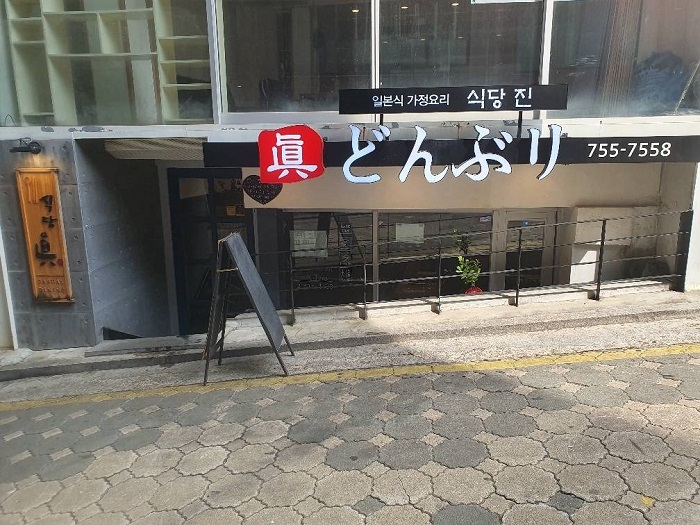
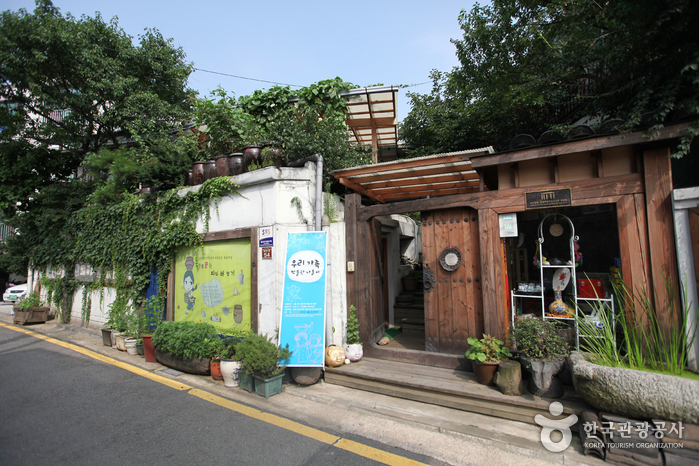
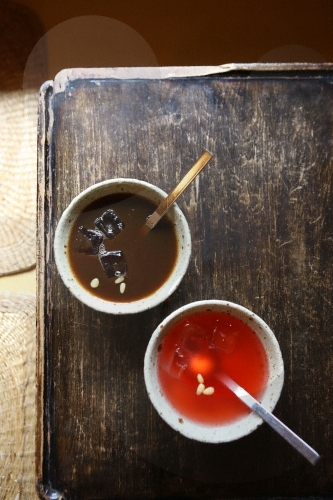

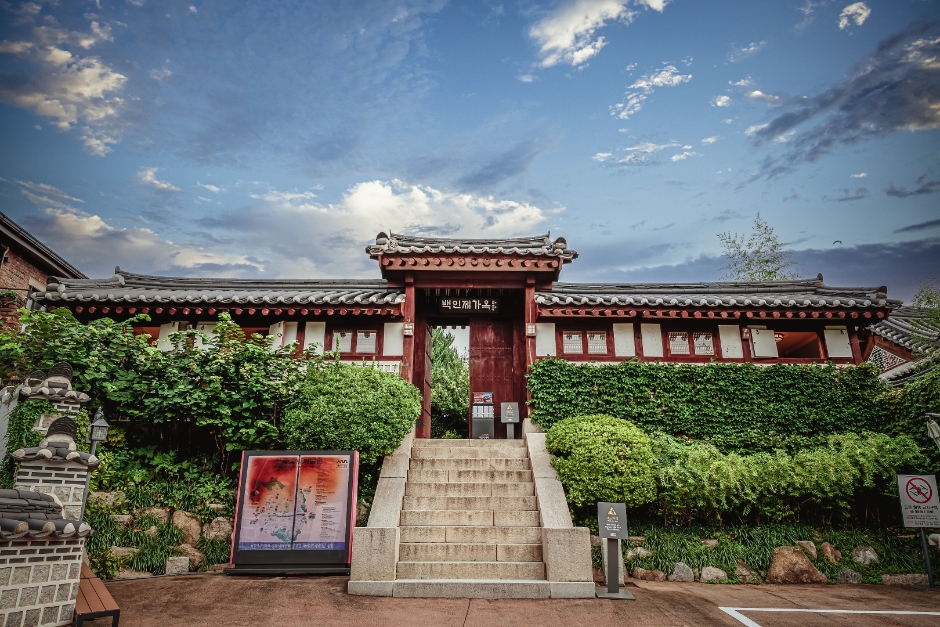
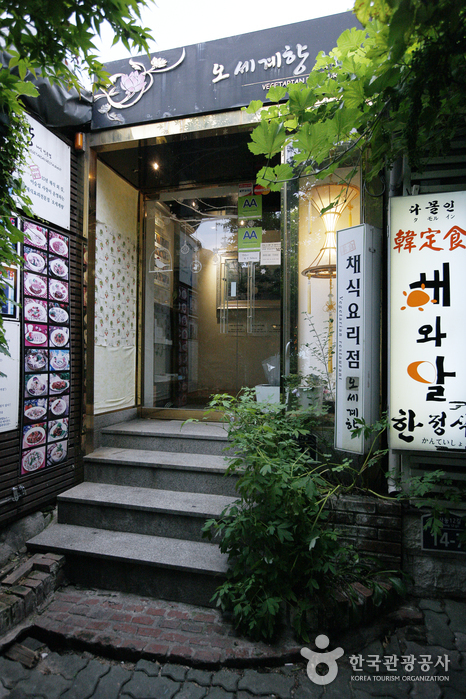
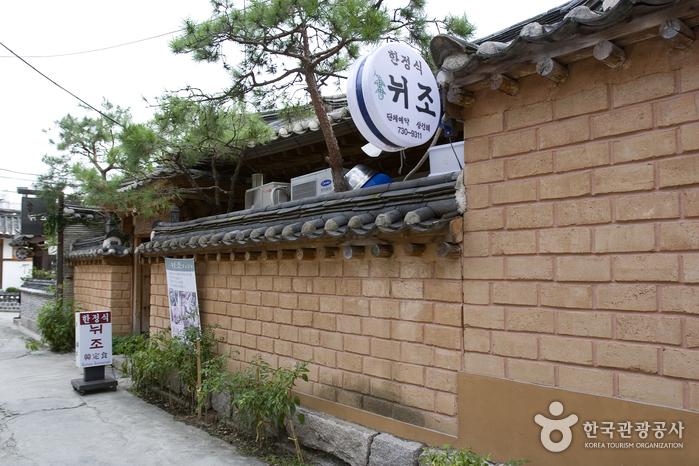
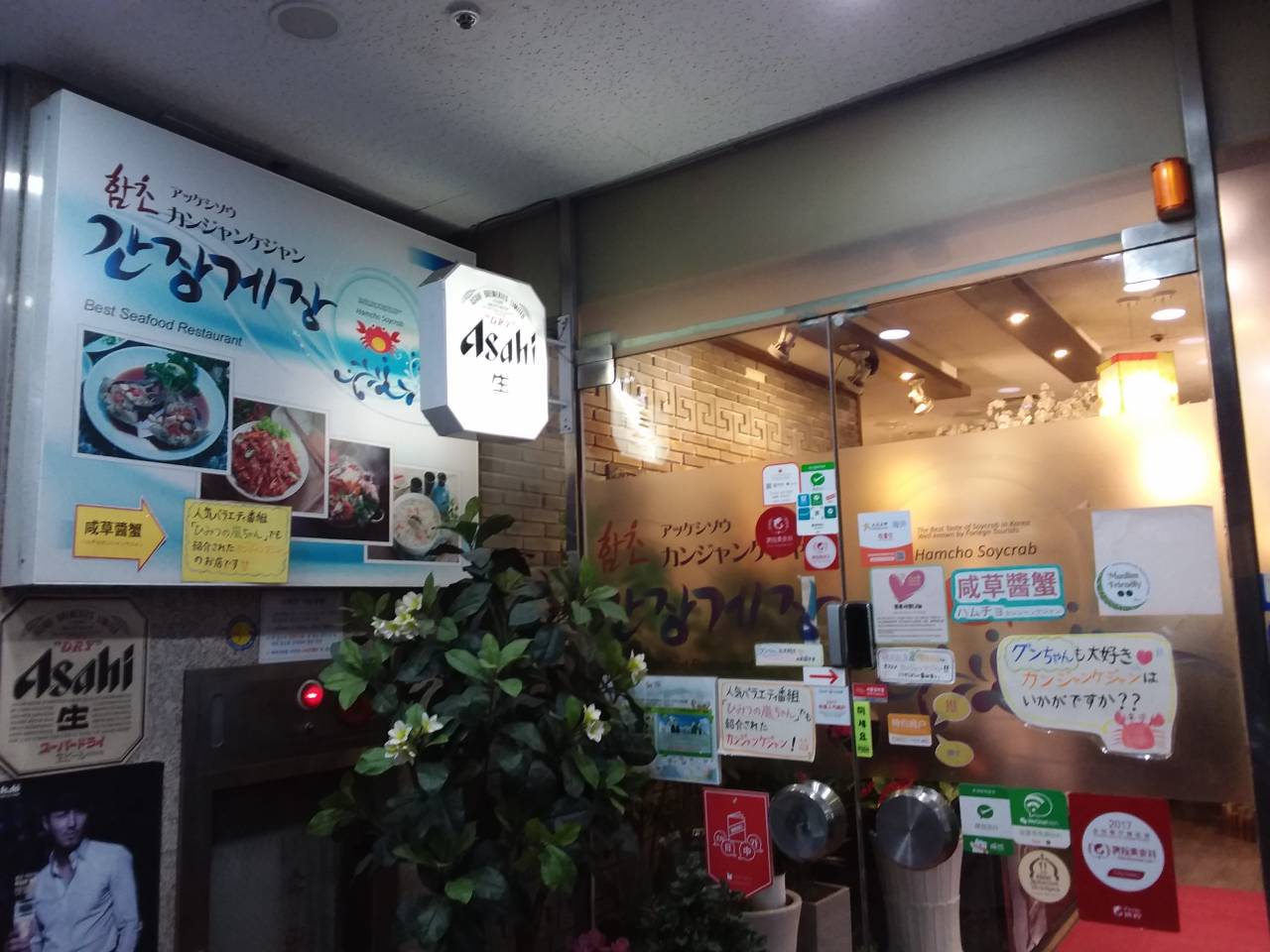
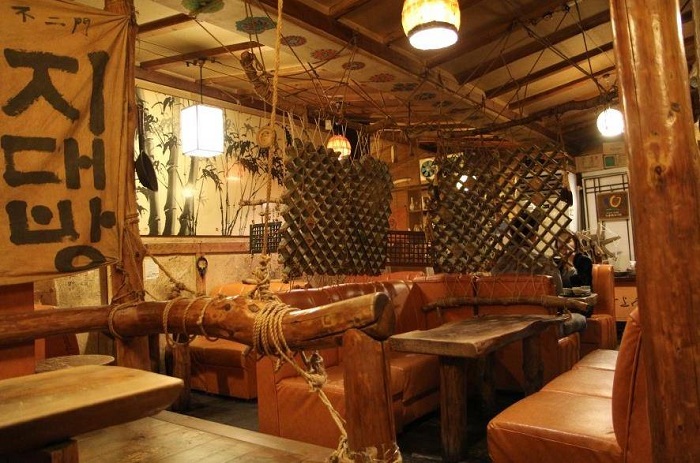
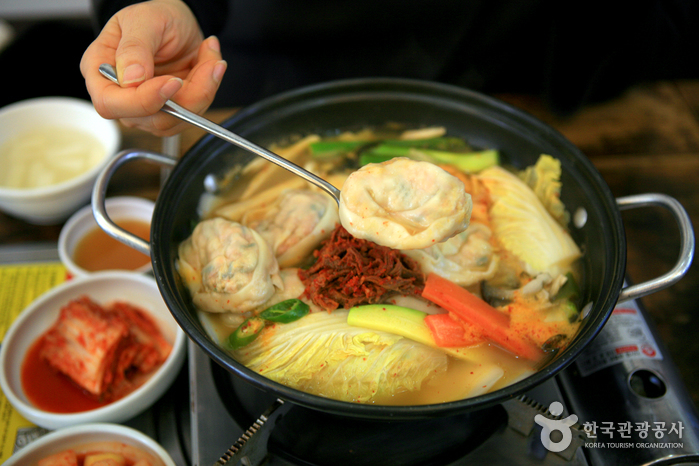
 Español
Español
 한국어
한국어 English
English 日本語
日本語 中文(简体)
中文(简体) Deutsch
Deutsch Français
Français Русский
Русский